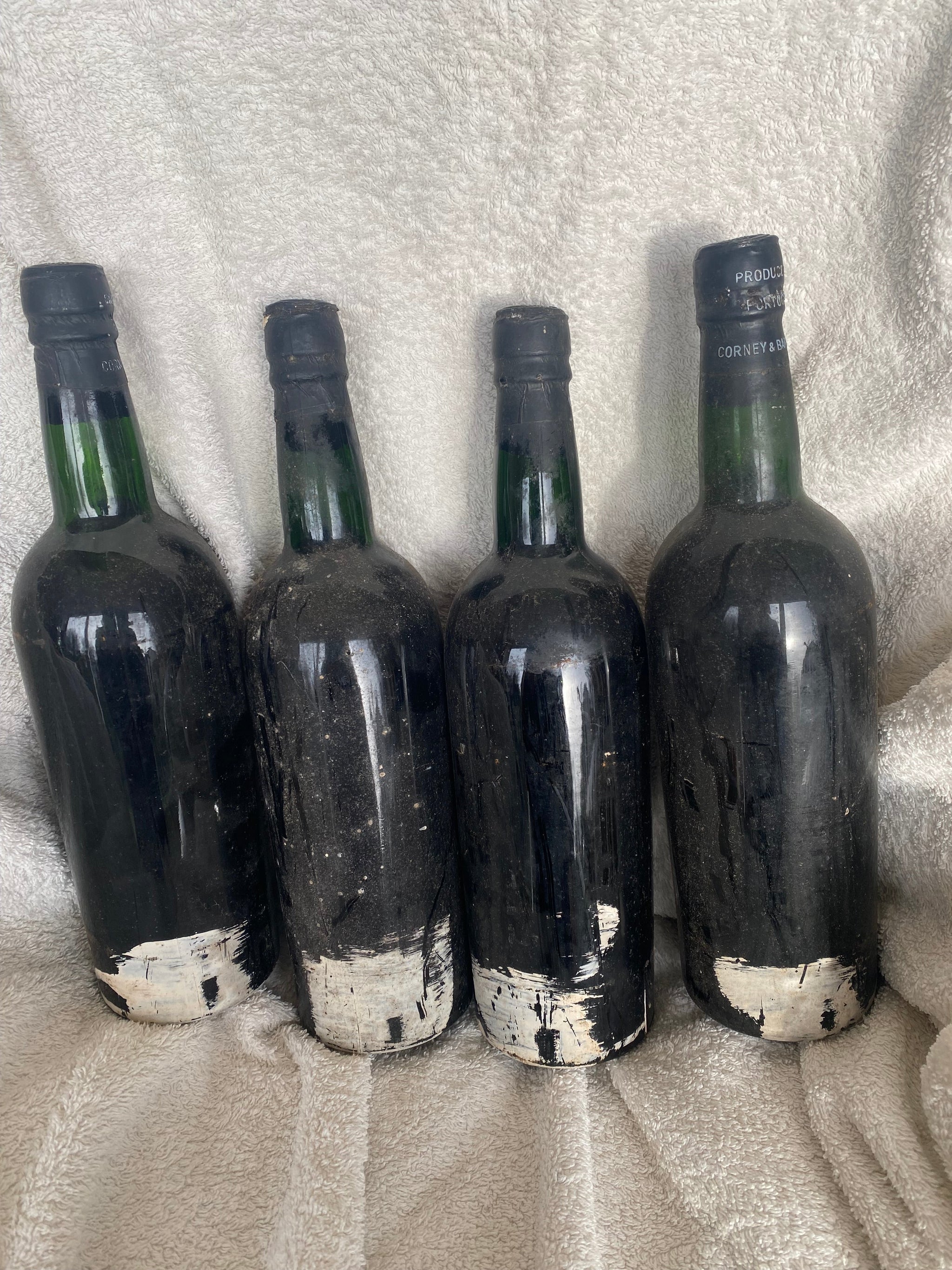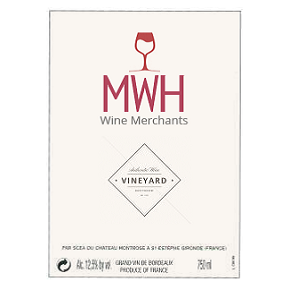Wine investment's popularity has continued in 2022. 2021 saw 17 months of continuous growth on Liv-Ex's 100 Index, and it finished the year 23% higher, while the FTSE 100 fell by 14.3% over the same period.
One of the causes of this growth has been diversification in the wines being traded. While the likes Bordeaux and Burgundy have continued to dominate the fine wine investment market, other regions have taken an increasingly large share. The most eye-catching of these regions has to be Champagne which has seen phenomenal growth over the past 18 months. In 2021 Liv-Ex's Champagne 50 Index rose by an astonishing 40%, and champagne claimed a 16% share of all trades in February – a significant rise from a year ago.
At the time of writing, champagne is the hot investment wine and is living up to its reputation as 'liquid gold'. In this latest blog from MWH Wine, we'll look at why prices are rising, consider which are the most popular (and currently lucrative) investment champagnes, and ask whether the boom can continue?
We hope you will find this interesting, but if you'd like to get some advice on champagne, please get in touch. You can call us on 0118 984 4654 or email the MWH Wine team here.
Why Are Champagne Prices Soaring?
In common with the rest of the fine wine market, champagne's prices have risen thanks to investors needing to find returns. Covid wrought havoc on global stock markets in 2020 and 2021, and as we enter 2022, the terrible conflict in Ukraine has caused further uncertainty. In this climate, commodities have been seen as safe havens and sparked a fresh surge in interest in fine wine.
Champagne has enjoyed other advantages too. Its exclusion from President Trump's import tariffs made it a good choice for American collectors and investors. Thanks to tax cuts and a bullish stock market, the same investors did well under Trump's administration, giving them even greater buying power.
The perception of champagne being an early-drinking wine has also boosted its popularity. In Asia and the U.S., buyers have bought cases intending to drink some now and lay down the rest. This is something that's not so easy to do with other investment class wines such as Bordeaux, Burgundy, or fine Italian wines, which generally need years of aging post-release.
The region has also been on an extraordinary run of form of late. You could typically expect a good-great vintage in this traditionally marginal area every few years. In the 1990s, for example, 1990, 1995, 1996, 1998, and 1999 were widely declared. In the 2000s we saw declarations in 2000, 2002 (a great year), 2004, 2005, 2006, 2008 (exceptional), and 2009. Climate change has delivered extra warmth that has translated into good-great years becoming common occurrences. The 2008s are currently flying out the cellar door, and in January, Dom Perignon 2008 saw a 12.5% rise on the Liv-Ex index.
The prices of the finest Champagnes rocketed in 2021. Big-name wines such as Cristal, Dom Perignon, and especially vintage Krug saw huge price rises, while boutique producers like Salon and Jacques Selosse became virtually impossible to find.
Prompted by a run of exquisite vintages – 2002, 2008, 2009, 2012 – and with older prestige cuvees from years like 1985, 1989, and 1990 entering their drinking windows, demand has become insatiable. Being arguably the savviest marketers in wine, the Champenoise have created new editions of their wines to open new luxury markets. You can now choose from a wide range of incarnations of Dom Perignon, including Plenitude 2 Rose, limited editions of standard bottlings by artists including Andy Warhol, Lady Gaga, and Bjork, Lenny Kravtiz, and the Oenotheque – a late release wine - are just part of this cuvee de prestige's growing line up. Roederer has followed suit with older releases of Cristal, and wines like Bollinger Vieille Vignes Francaises are now retailing for over £800 a bottle.
Which Champagnes Are Worth Investing In?
There are several wines that have set the world alight, including:
- Salon
- Dom Perignon
- Cristal – especially the 2002 and 2008
- Krug – older vintages such as the 1985, 1988, 1989, and 1990 are particularly sought-after, while the single vineyard's wines – Clos des Mesnil and Clos d'Ambonnay are collectable thanks to their rarity
- Jacques Selosse – with their Burgundian outlook (they age their wines in barrels from Domaine Leflaive) means the wines from this producer have taken on Salon-like cult status
- Bollinger- the vintage wines are always famous, but when it comes to investment potential, look to the R.D. (recently disgorged) and the rare blanc des noir, Vielle Vignes Francaises
- Pol Roger– like Bollinger, the vintage wines are good choices, but the real interest is in their Cuvee Winston Churchill
- Taittinger –their blanc des blanc Comtes de Champagne has a growing following in the U.S., while their Taittinger Collection (bottles with covers designed by leading artists) can fetch high prices
Will The Champagne Investment Bubble Continue To Rise?
All markets rise and fall, and the fine wine market is no exception, there are no certainties. Pre-pandemic, plenty of industry watchers predicted the Burgundy market would crash, yet two years later, prices are still climbing. Champagne does seem well-placed to provide long-term returns. Demand for it as a drink has always been good, and the succession of excellent vintages we're seeing is likely to fuel that demand.
The critical thing when it comes to wine investment will always be your choice of wine. Wines can do well at the vintage level, but production levels are relatively substantial. Bollinger, for example, typically produces around 100,000 cases per year. Approximately 5% of that will be made as vintage, but only a fraction of that will become R.D., while production of Vielle Vignes Francaises rarely exceeds 500 cases. From any investor's perspective, rarer is better, so buy the finest and rarest if you want to see returns. Houses and wines with tiny productions such as Krug, Salon, Jacques Selosse, Cristal, Cristal Rose, and rarer incarnations of Dom Perignon will always have a market.
No investment is guaranteed, and so our final word on the subject is buy what you'd be happy to drink. That way, you have nothing to lose.
Like Some Fine Wine Help?
We hope you've found this blog on champagne to be of interest. If you would like some wine advice, please get in touch by calling Mike on 0118 984 4654 or by emailing MWH Wines here. A recognised authority on wine, he'll be happy to advise you on which wine is right for you.

